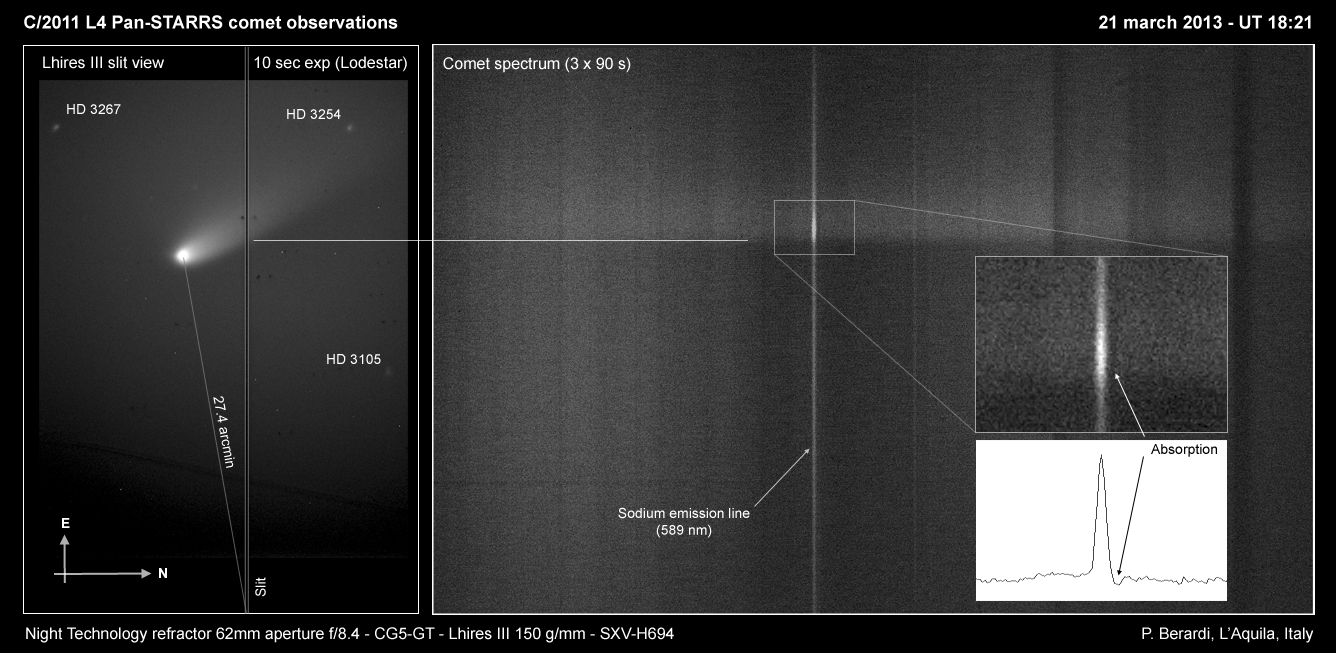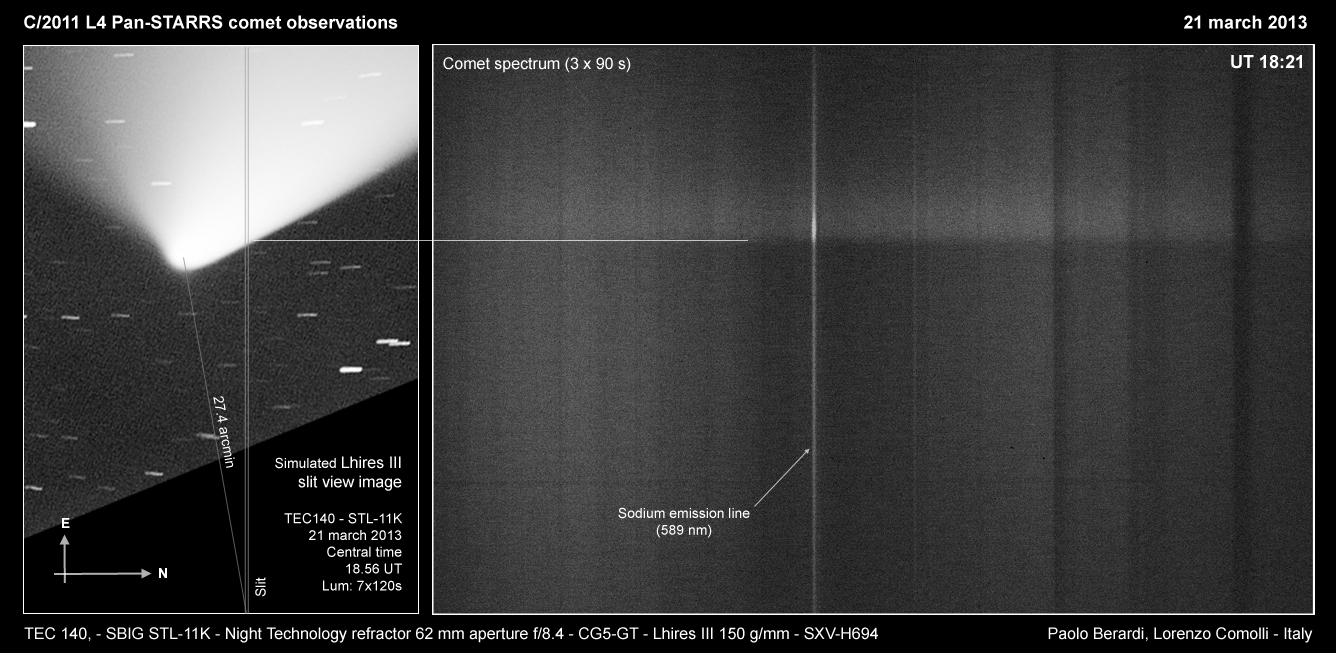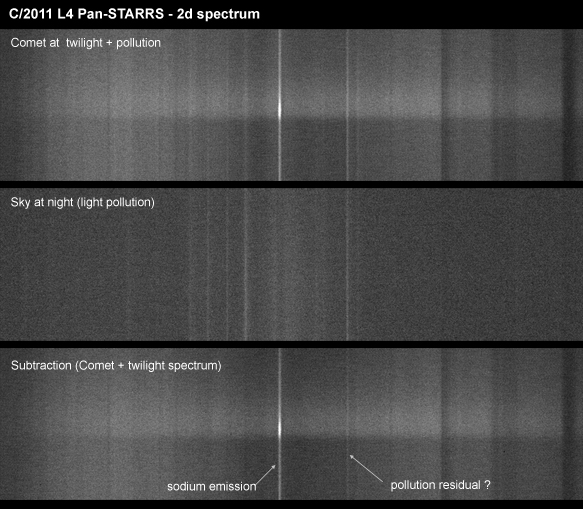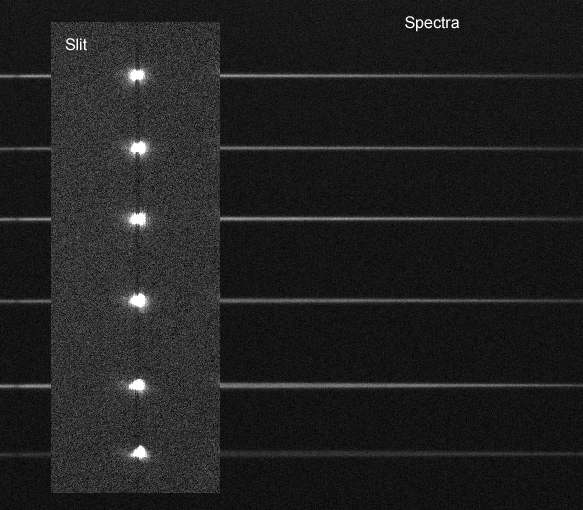We are seeing it in the perspective of the Earth-living observer.. It could be interesting to have another eye out there in the Solar System..
But coming back to Earth, the idea of using a shorter focal length is a good one! But it appears we need even more field of view...
If the Sodium is near the comet, it will not fade away very quickly, I suppose.. Well, it will fade mostly due to it going away from the Sun, but not much due to it spreading around the comet, because it is already spread around the comet... So I think there is still time to catch it. This has an advantage, because the comet is moving away from the horizon, each night (though the sun is also setting later), so I think it is a case of Sodium flash, it should fade away faster, than if it is not.. or at least it should fade depending on local observation time. If it is a sodium flash, it will depend much more on observation time, I suppose, and not so much with comet distance to us.
A suggestion would be to place the comet tail on one side of the slit, so that the slit can reach far away from it.. Or, we could simply try to image sky at a known distance from the comet. (perhaps astrometrically determined by visible stars). For instance, trying to find out where the sodium disappears.
We can think in an opposite direction: from computing its distance to the Earth in a given interval, it is going away by around 13.9 km/s. The gas cloud around the comet has to be moving away from us slightly faster than that. For the Sodium wavelength (5893A?), this corresponds to noticing a shift compared to the sodium of our atmosphere (if present) of more than 0,27A. This is another challenge for a Lhires and a 2400l/mm grating, but now we need not use a large FOV, only an F/8-or-slower (for the Lhires) telescope instead

... And since we want resolution, we will need to choose slit size carefully, so exposure-time is still "decent"...
Is the Sodium emission "thin" enough to detect this shift in this way? Is it enough to take a well calibrated spectrum of the emission on the comet, if we assume there is no sodium flash? Will the sodium flash + comet sodium form any detectable variation of a double peak?
Weather, here, has been frustrating!!!




